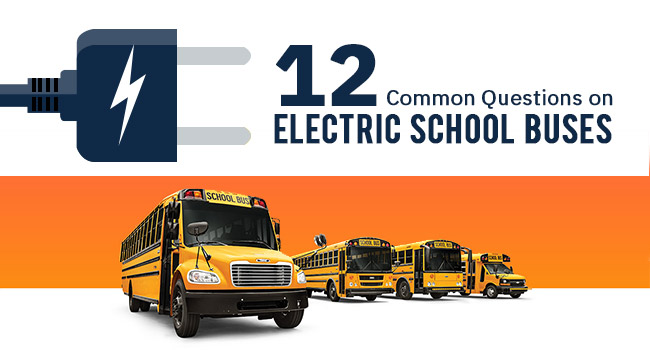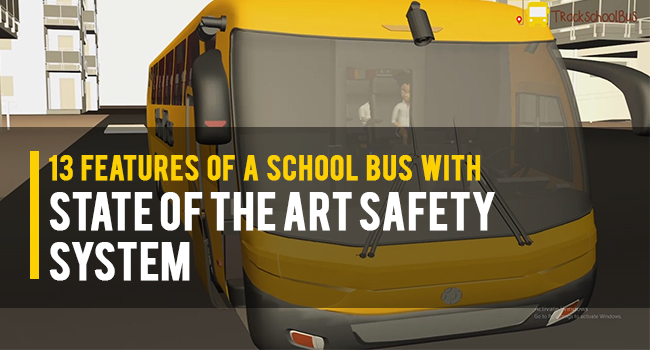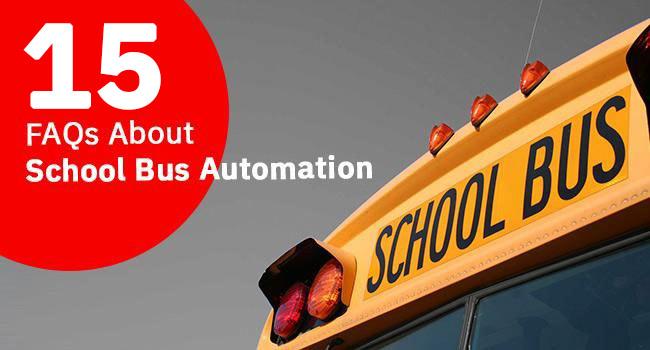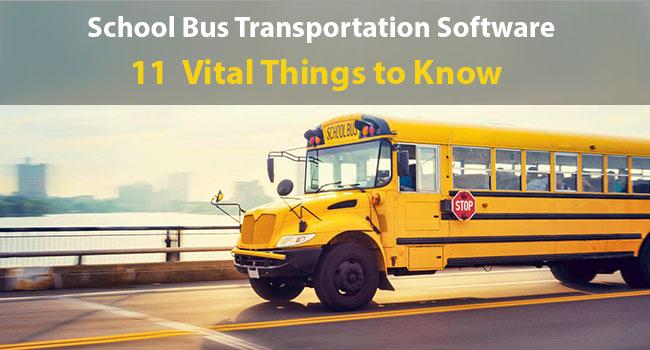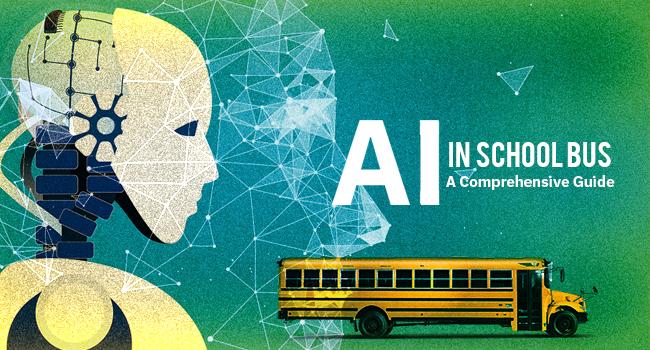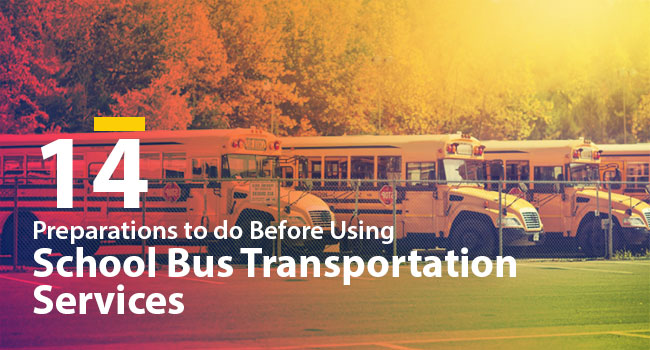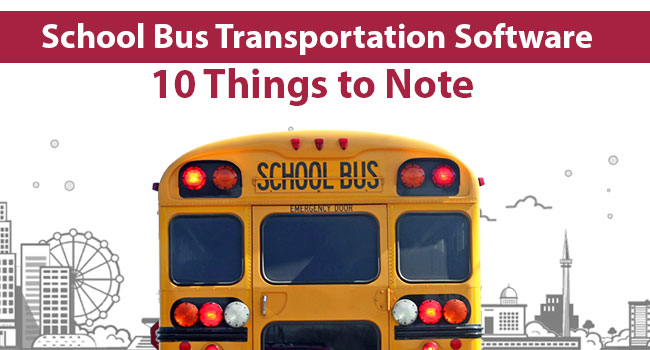All set to promote a healthier student fraternity, ‘all-electric’ school buses promise cleaner air to inhale when compared totheir diesel counterparts which release harmful exhausts into the atmosphere.
Additionally, electric school buses are affordable options too when school districts can offset the initial investment with their long-term operational benefits.
In an attempt to highlight the advantages of signing up for a fleet of electric school buses to school districts and to the environment at large, here are certain questions accompanied with their answers.
1. What is the range of distance that can be covered by an electric school bus?
A:The efficiency of electric school buses can be measured in terms of the distance they can cover until they reach a zero-charge state. Normally, an electric bus comes with a range of 96 miles per day.
A prominent automobile company Daimler introduced a high-tech electric school bus that can cover a distance of 100 miles while transporting a maximum of 81 kids.
In the event school districts are looking to add more range, there is a provision to add another pack of batteries so that an extended range along with a safe, emission-free and quiet ride can be promised to students.
Blue Bird electric school buses promise a range of 120 miles after a single and full battery charge.
2. What are the types of batteries that can promise 3,000 completely recharged cycles?
A: Xalt Energy batteries are certified to hold up to 3,000 complete recharge cycles. A full cycle is the one that is initiated from a completely drained-out battery until it registers a fully-charged state.
3. What are the technical specifications with regard to wattage and the charging of batteries?
A: Electric-powered school buses market is equipped with a 160 kWh battery which requires up to 8 hours of charging time. It should be noted that this battery gets back 19.2 kW of charge with every hour of running time.
4. What is the durability of electric school bus batteries?
A: Given that the school calendar adds up to 190 working days, electric school bus batteries take about 10 years for them to completely depreciate.
The good news here is that even after the battery degradation process starts, school districts can still expect them to run with a 70%-80% on-road efficiency.
5. Are there any training facilities that are offered by electric school bus manufacturers so that school bus drivers can extract the maximum benefit of batteries?
A: Since electric school buses employ novel technologies, getting to know about training opportunities is a matter of concern for school districts.
In line with this common need, electric school bus manufacturer that offers video assistance comes in the form of training modules.
While one video series imparts training, there is another video series that teaches bus drivers the best practices that will guarantee the maximum efficiency of batteries and a good driving range.
6. What about the warranties that are in favor of electric school buses so that they run smoothly on roads at all times?
A: In an attempt to lend a helping hand to all the school districts which have signed up for electric school buses, there are many dealers that offer after-sales support. They also offer warranties so that these modern school buses run efficiently and smoothly on city roads.
7. What is the initial cost of installing a charging station along with the necessary equipment?
A: Speaking of the budgetary requirements that should be met by school transporters in erecting a charging station, school districts are expected to set aside funds between $600 and $3,000.
This fund can serve the installation of a charging point along with peripherals. It is also recommended that schools follow the ‘one-vehicle, one-charger’ ratio so as to not only keep the operational costs low but also to ensure the efficiency of the charging stations. This is the infrastructure cost that should be incurred, keeping in mind the electric fleet.
8. What are the statistics that vouch for the prominence of electric buses?
A: The following statisticsvouch for the substantial reduction in the operatingcosts concerninga fleet of electric school buses. Electric buses register a whopping 82% drop in fuel costs alongside promising a massive 75% decline in the annual cost of maintaining a fleet.
Notwithstanding the fact that all-electric school buses come with double the price tags as diesel-run buses, you can save close to $2,000 on fuel costs and $4,400 on maintenance costs, every year.
9. In what way do electric school buses promise a healthier society?
A: Another common question revolves around is the health of students plying in electric school buses. It is a well-known fact that electric school buses do not emit any poisonous gases that impair the respiratory health of students.
Alongside preventing the onset of breathing issues, electric school buses nip off the instances of lung cancer which is caused by the constant ingestion of exhaust fumes.
A report which was published in June 2018 states that electric buses curbed close to 5.3 million tons of polluted emissions into the atmosphere alongside decongesting the city traffic by removing 1 million cars from the roads.
10. In what other creative ways can school districts make the most of these electric school buses during summer breaks?
A: School districts which are operating a fleet of electric school buses can bring in some creativity during the lean periods of summer breaks.
When these batteries are not in use during vacation, they can be used as backup power sources for the electric grid. In this way, school districts can earn some money from the state electric utilities when school bus batteries take on the title of mobile energy storing equipment.
11. What are the striking advantages of operating a fleet of electric school buses?
A: With a number of advancements taking place in the sphere of battery technology, electric school buses are poised to avail many advantages.
Since these buses do not come with an engine that needs to be maintained or instances demanding the change of engine oil, you can enjoy reduced maintenance costs.
These buses promise excellent temperature control by performing to their optimum level, irrespective of the weather conditions. They also ease the traffic congestion on roads.
12. What are the other proponents in favor of electric school buses?
A: School districts can make the most of the steep decline in the battery costs along with constant improvements in their performance.
With these positives in place, a number of states across the US are going in for plug-in buses so as to encourage these zero-emission school buses. An additional advantage also comes in the form of an expanded driving range that these all-electric school buses promise.
Closing Thoughts
If you are able to get appropriate and data-specific answers to the above 25 questions about electric school buses, you are good to go. As a decision maker of a school district contemplating to operate a fleet of electric school buses, you will be proud of your move to support the environment-friendly objectives of your state.
While you can make the most of grant incentives, you will also incur fewer maintenance costs. Additionally, you will be in a strong position to exercise a better temperature control on your electric school bus which lives by the promise of ‘cleaner air for healthier generations’.
